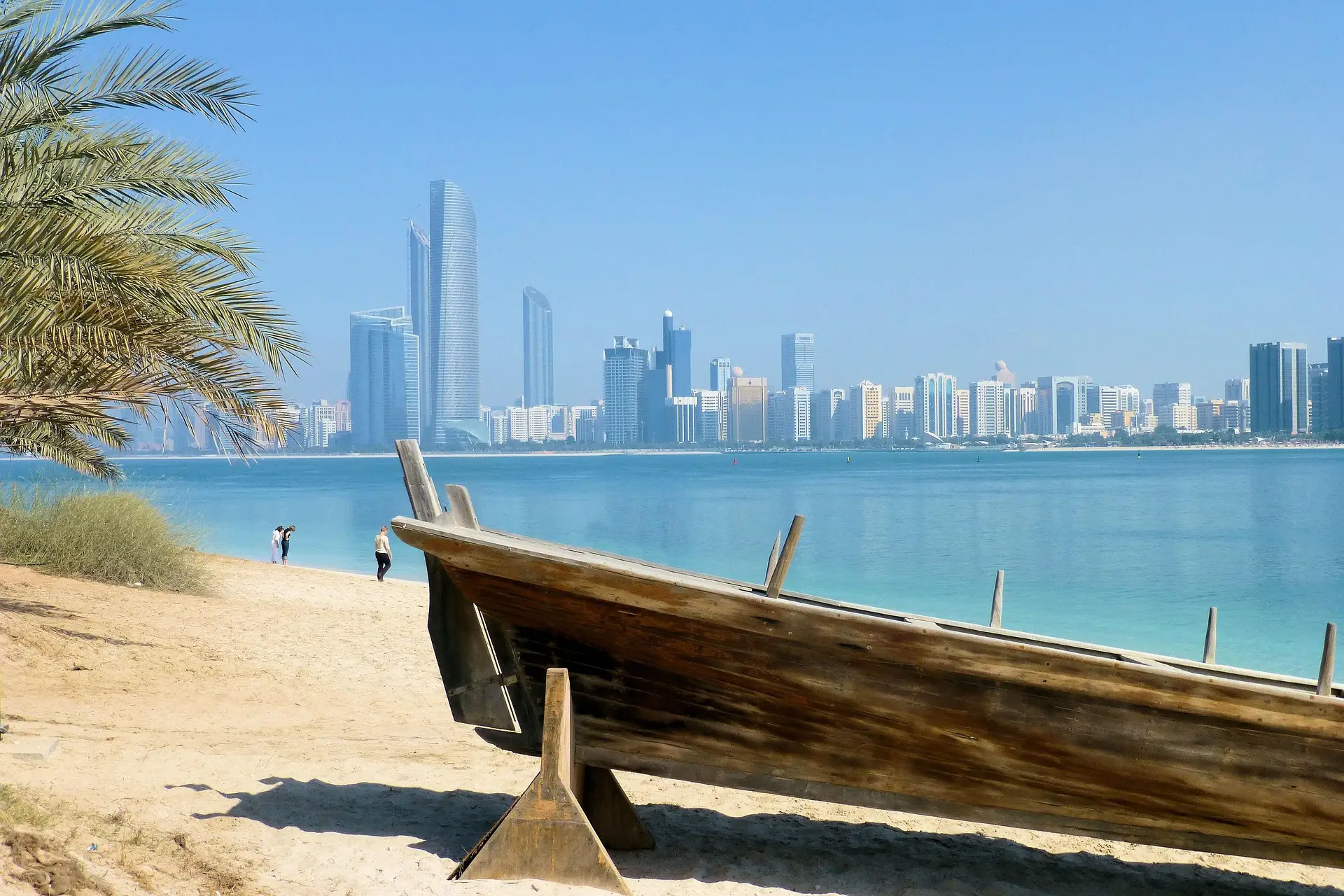A City of Contrasts
Dubai, a city that has risen from the arid sands of the Arabian Desert, is a remarkable example of architectural evolution.
Over the past few decades, it has transformed from a modest fishing village into a global metropolis, characterized by its iconic skyline and innovative structures.
This evolution reflects not only the rapid economic growth of the United Arab Emirates but also a blend of cultural heritage and futuristic vision.
Traditional Architecture: The Roots of Dubai
To appreciate the architectural evolution of Dubai, one must first look at its traditional roots. Historically, the architecture of Dubai was influenced by the region’s climate and culture.
The use of coral stone, mud, and palm fronds was prevalent in the construction of homes and buildings, which were designed to provide shade and ventilation in the intense heat.
Wind towers, known as “barjeel,” were common features in traditional Emirati homes, serving as natural air conditioning systems by directing cool breezes into living spaces.
The narrow alleyways, or “sikkas,” were designed to foster community interaction while minimizing exposure to the sun. Structures like the Al Fahidi Historical Neighborhood showcase this heritage, preserving the essence of Dubai’s past amidst the modern landscape.
The Spark of Modernization: The 20th Century
The discovery of oil in the late 20th century marked a turning point for Dubai, catalyzing rapid modernization and urban development. The influx of wealth led to the construction of more contemporary buildings, yet many still retained elements of traditional design.
The Al Ghurair Centre, opened in 1981, was one of the first shopping malls in the region, symbolizing the shift towards a more commercialized society.
As Dubai embraced globalization, the skyline began to fill with high-rise buildings, blending modern materials like glass and steel with traditional motifs. This period laid the groundwork for the architectural marvels that would define the city in the years to come.
The Rise of Iconic Structures: The Late 20th Century to Early 21st Century
Entering the 21st century, Dubai embarked on a journey to create architectural landmarks that would place it on the global map.
The Burj Al Arab, often dubbed the world’s only seven-star hotel, opened in 1999 and became an emblem of luxury and innovation. Designed to resemble a sail, its distinctive silhouette is a testament to Dubai’s ambition and creativity.
Following the Burj Al Arab, the Burj Khalifa was completed in 2010, reaching a staggering height of 828 meters, making it the tallest building in the world.
This skyscraper not only pushed the boundaries of engineering but also symbolized Dubai’s aspirations to become a global hub for tourism, business, and culture. The design, inspired by Islamic architecture, seamlessly integrates modernity with tradition, showcasing the city’s unique identity.
Future-Forward: Smart Cities and Sustainable Design
As Dubai continues to evolve, the focus has shifted towards sustainability and smart city initiatives. The Dubai Clean Energy Strategy 2050 aims to make the city a global center for clean energy and green technology.
Architectural projects like the Sustainable City, which integrates solar energy and green spaces, reflect this commitment to sustainability.
Moreover, innovations such as 3D-printed buildings and smart technology are being incorporated into new developments, promoting efficiency and reducing environmental impact.
The Museum of the Future, which opened in 2022, is a prime example of this forward-thinking approach. Its unique torus shape and cutting-edge design symbolize the fusion of technology and architecture, inviting visitors to explore future possibilities.
A Vision for Tomorrow
The evolution of Dubai’s architecture is a testament to the city’s resilience, innovation, and cultural richness. From its traditional roots to its futuristic aspirations, Dubai exemplifies the harmony between heritage and modernity.
As the city continues to grow and adapt, it will undoubtedly remain a beacon of architectural achievement, inspiring future generations to dream big and build even bigger.
The journey from traditional structures to futuristic designs encapsulates not just the physical transformation of Dubai, but also its vision for a sustainable and inclusive future.

